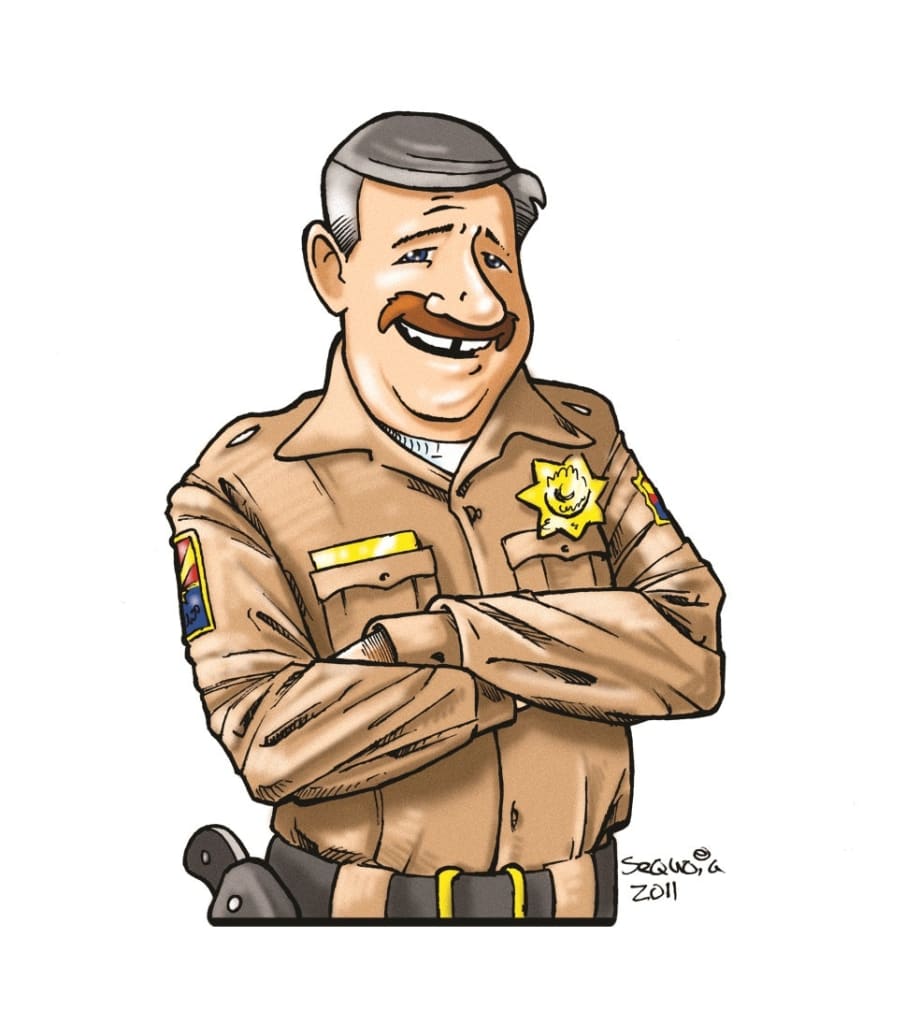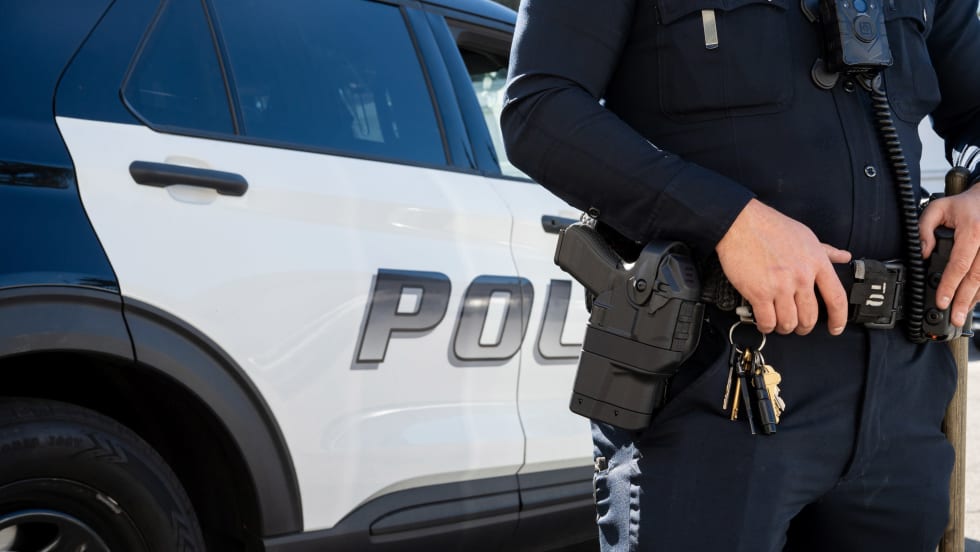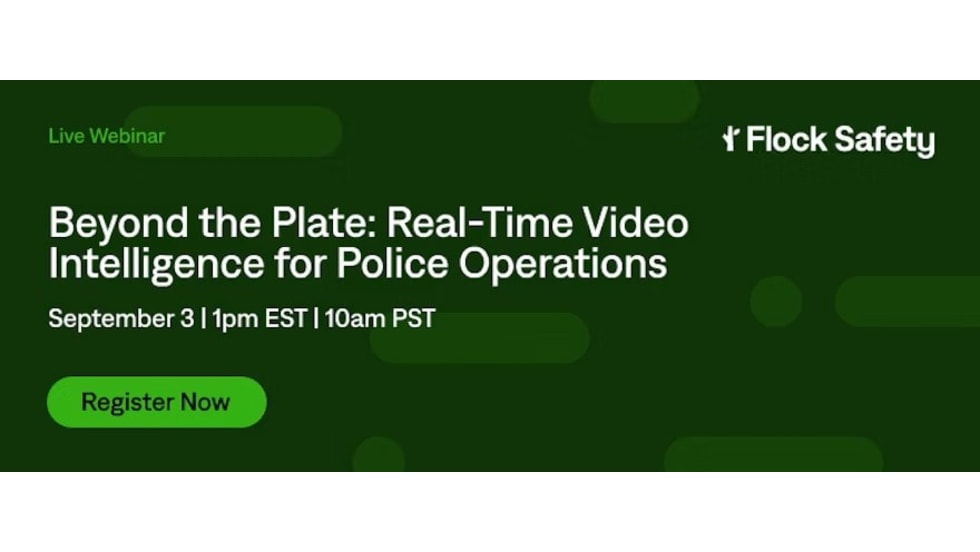Unfortunately, too often we find that the media "experts," and even supposed law enforcement representatives, are aghast and imply that some mythical "technique" or "training" exists that would have resolved the situation without all the "brutality" recorded, if only law enforcement were sophisticated enough to use it.
I don't know how anyone who has ever tried to control a violent suspect one on one, or even five on one, could look at these videos and say, "Well here we see police brutality in action; look at the strikes to the suspect's legs or triceps or back!" I always wonder what technique these folks were taught that worked universally.
Baton strikes fail, OC spray fails, TASERs fail, even shooting suspects fails from time to time. One of the most powerful lessons from these recordings is you must be prepared for a control effort to fail, and move to the next option.
Reviewing incident footage also reinforces the common axioms of police work such as, "Watch the hands," "If it feels 'hinky' trust your gut," "In every confrontation there is at least one gun, and we bring it." Too often, the media emphasizes that this or that suspect was unarmed, yet every year we see our brothers and sisters disarmed and killed with their own weapons. My own beloved agency recently lost a young officer, and another wounded, when a subject disarmed the wounded officer. The call was not a particularly intense one, just a subject throwing objects at vehicles.
Which brings up another key lesson: Every call has the potential to be a deadly encounter. Repeatedly as I review deadly force footage I am stunned to see the call was very innocuous, mundane, and seriously routine. You MUST maintain your situational awareness and never…I mean NEVER … let routine detrain you. That is how "routine" kills; it lulls you into a false sense of familiarity, a soothing sense of control, a sense of what the military calls "normalcy bias," where even as things are deteriorating, the responders seem oblivious to the obvious: Things are going south.












